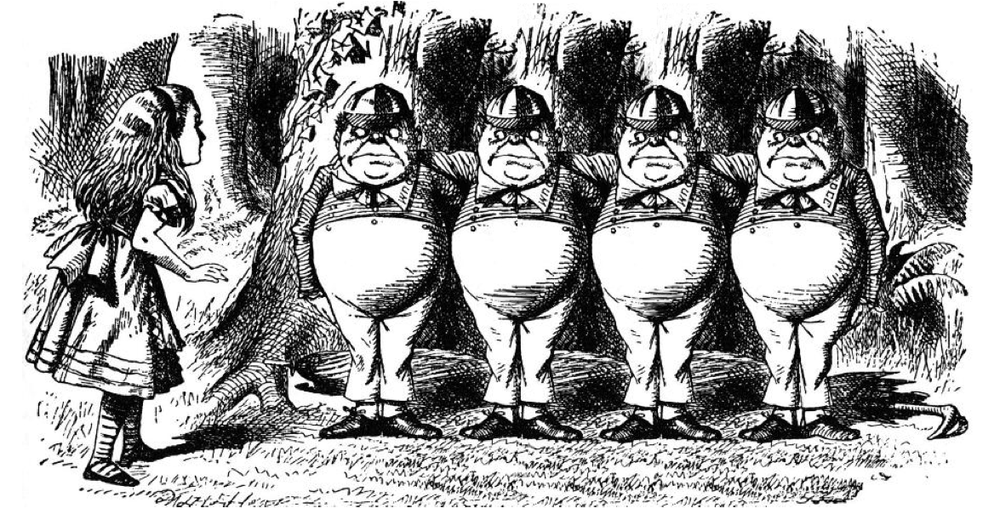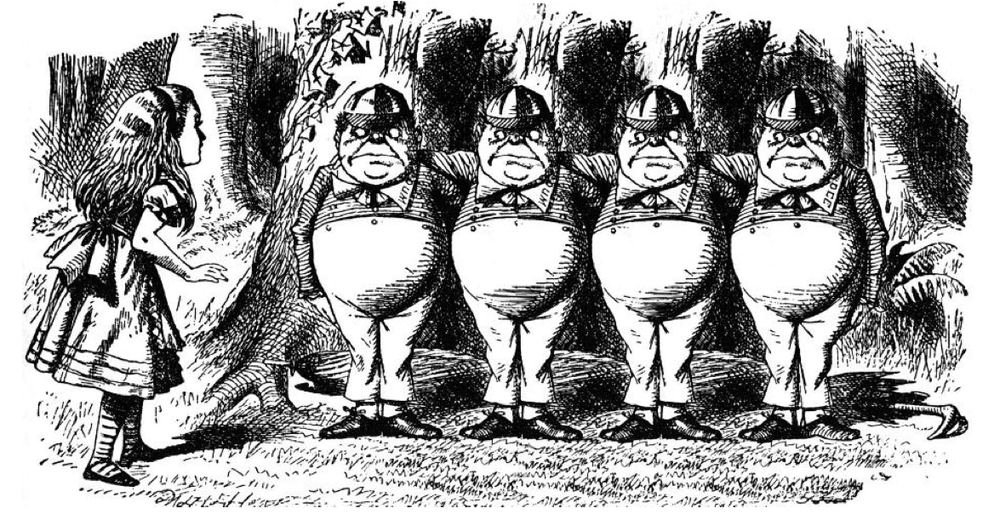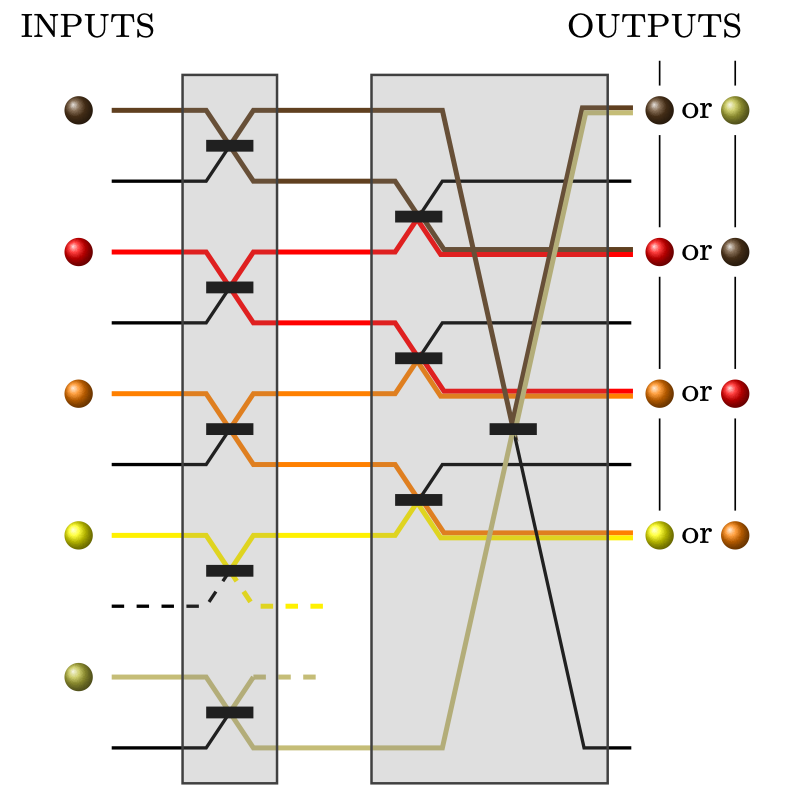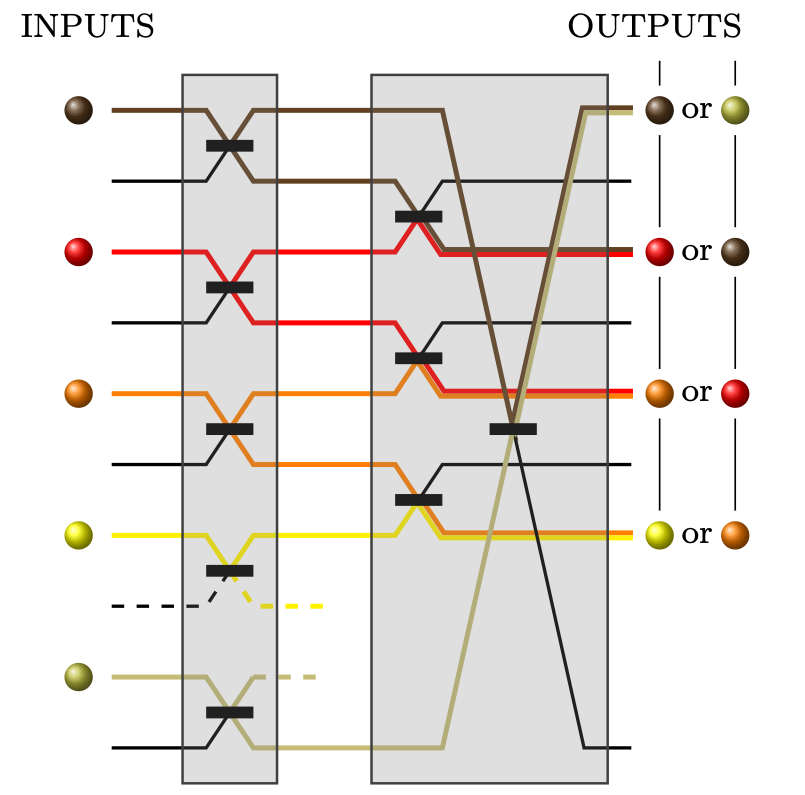Measuring the Similarity of Photons
Photons can be used to perform complex computations, but they must be identical or close to identical. A new device can determine the extent to which several photons emitted by a source are indistinguishable [1]. Previous methods only gave a rough estimate of the indistinguishability, but the new method offers a precise measurement. The device—which is essentially an arrangement of interconnected waveguides—could work as a diagnostic tool in a quantum optics laboratory.
In optical quantum computing, sequences of photons are made to interact with each other in complex optical circuits (see Synopsis: Quantum Computers Approach Milestone for Boson Sampling). For these computations to work, the photons must have the same frequency, the same polarization, and the same time of arrival in the device. Researchers can easily check if two photons are indistinguishable by sending them through a type of interferometer in which two waveguides—one for each photon—come close enough that one photon can hop into the neighboring waveguide. If the two photons are perfectly indistinguishable, then they always end up together in the same waveguide.
For larger sets of photons, this kind of pairwise testing becomes impractical, as it has to be repeated for all possible two-photon combinations. Researchers have devised approximate methods, but they only give upper and lower bounds on the indistinguishability. “When you have more than two photons, it is not so easy to assess whether they are identical,” says Andrea Crespi from the Polytechnic University of Milan.
Crespi and his colleagues have come up with a simple method to determine the indistinguishability of multiple photons by letting them interact in a highly coordinated array of waveguides. As a first demonstration, the team constructed a system for four photons. They started with a glass slab and used a laser-writing technique to “imprint” eight high-density tubes for guiding photons through the slab. These waveguides are like an eight-lane freeway for photon “drivers” who can change lanes at specific points where neighboring lanes touch. For example, lane 2 touches lanes 1 and 3 at specific locations. A similar “bridge” also connects lanes 1 and 8, so that every lane touches two neighbors.
Using a semiconductor source called a quantum dot, the team repeatedly fed four photons into the odd lanes (1, 3, 5, 7) and recorded which lanes were occupied with a photon at the end of the freeway. Many final lane arrangements were observed, such as (1, 3, 5, 6) and (2, 4, 6, 8). Next the researchers heated one of the lanes with a laser to gradually change its index of refraction, which induced an oscillation in the probabilities for some of the final lane arrangements. These oscillations implied that interference effects were influencing the lane changes.
The team showed theoretically that the amplitude of the oscillations gives the so-called genuine indistinguishability, which is a number from 0 to 1, where 1 corresponds to perfectly identical photons. They found an indistinguishability of 0.8, meaning their system had some imperfections. The researchers also showed that they could make the oscillations disappear by rotating the polarization of one input photon—thus making it distinguishable from the others.
The technique can conceivably work with more photons, but the number of measurements needed to see the lane-arrangement variation grows exponentially with the number of photons. So Crespi admits that it would be impractical for future optical computers dealing with 100 photons or more. Still, he foresees their device as a way to troubleshoot a quantum optics experiment when there is some doubt about the indistinguishability of the input photons. “Our experiment adds a tool to the toolbox of the quantum optics experimenter,” he says.
“This paper reports a useful method to diagnose photonic quantum circuits by measuring the multiphoton indistinguishability, an important metric that is very sensitive to experimental imperfections,” says quantum information specialist Chao-Yang Lu from the University of Science and Technology of China. “It’s a very clever interferometer design,” says quantum optics expert Wolfgang Löffler from Leiden University in the Netherlands. He is also impressed by the optical system that generates and separates the photon sequence. “Getting everything to work together is a major effort,” Löffler says.
–Michael Schirber
Michael Schirber is a Corresponding Editor for Physics Magazine based in Lyon, France.
References
- M. Pont et al., “Quantifying n-photon indistinguishability with a cyclic integrated interferometer,” Phys. Rev. X 12, 031033 (2022).







